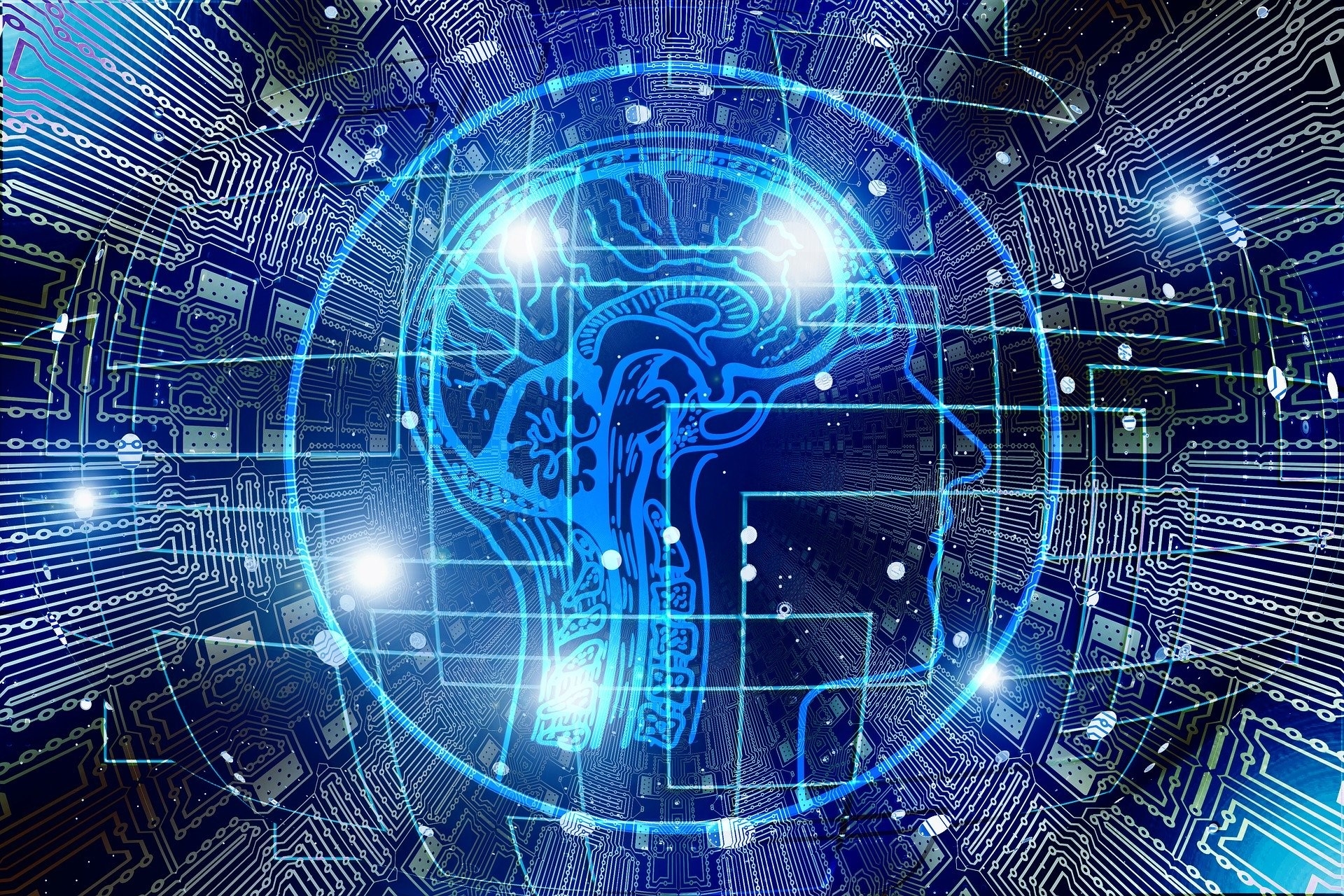Digital infrastructure – key to environmental goals
Politicians around the globe are lining up to outdo each other by announcing how soon their countries will become carbon emissions neutral. Now the UK and Germany are promising carbon neutrality by 2045 instead of 2050.

According to 2020 Global Digital Infrastructure Survey, of executives by IJGlobal and M&E Global, 73% thought governments, regulators and insufficient expertise constituted the main obstacle to digital infrastructure. By implication, they are also the main impediment to a clean environment.
However, European Central Bank (ECB) head Christine Lagarde is owning up to the connection between digitization and making environmental progress.
At the Brussels Economic Forum on 29 June (2021) she said that the public and private sectors in Europe will have to invest €125 billion ($148.3bn) in digitization annually to meet environmental goals.
15% fewer emissions thanks to digital infra
Digital technology could help reduce carbon emissions by 15% – or one half of the total reduction required – by 2030, according to the Exponential Climate Action Roadmap, a global initiative supported by the UN and numerous companies.
This could happen by making energy generation, agriculture, manufacturing, land use, transportation, buildings and city traffic management smarter and more efficient.
It involves using technology to raise manufacturing and throughput of products, for example, while consuming less energy and producing lower waste levels.
Indeed, the World Economic Forum thinks that the global economic and social impact of digital transformation will be worth roughly $100 trillion by 2025.
Matt Townsend, partner and co-head of the climate group at Allen & Overy, says: “It’s no coincidence that the EU has set the 2 objectives of greening and digitizing Europe. The 2 are inseparable”. He adds that the roll out of technology will be critical to the economic transition underway and it has the potential to be a major accelerant.
Care will, however, need to be taken Townsend warns as technology will not, in itself solve, the problem. He also recognises concerns that are now being raised about the energy consumption in bitcoin mining. He says: “Governments will need to be thoughtful about how digital technology is deployed.”
Upgrading legacy tech
The point is that digital infrastructure is the key to digital transformation and to realizing ESG (environmental, social and governance) goals.
Fewer emissions, better water and effluent management, energy savings and more knowledge-based jobs add up to reducing negative environmental impacts. But all this depends on installing the latest technologies in legacy systems.
Manufacturing, for example, accounts for over 17 million tons of emissions annually. Most equipment in the world´s factories is 20, 30 or even 50 years old. Sensors installed on old equipment can monitor and help vastly raise their efficiency.
The good news is that upgrading legacy equipment is getting easier and cheaper, thanks to wireless communication between sensors and control centers, as well as between factories.
Lagarde declared that European companies have digitized 20-25x faster than previously thought possible. In the past, factories had to be rewired, an expensive undertaking. But the data volume resulting from wireless data flows requires 5G and modern data centres.
Without modern and high capacity data centers as well as fiber connectivity, there is not going to be sufficient bandwidth to handle data loads.
Norway – a digital and ESG paradise
In a recent IJGlobal panel on digital infrastructure and ESG, Tor Kristian Gyland from Norwegian data center operator Green Mountain, said that the warm water used to cool one of his data centers fed into a lobster farm next door, which did not have to heat the water in which the lobsters lived.
This degree of fine-tuning is typical for Norway, one of Europe´s most digitized and environmentally-friendly countries thanks to eNorway 2009, a major digital initiative started in 2003.
Norway plans to become carbon neutral by 2030 – 15 years earlier than most other First World countries. Green Mountain, for example, is 100% powered by renewable hydropower.
Some critics claim that digital infrastructure requires much more energy to run and thus is itself a polluter.
The EU thinks that data volume will increase by 500% between 2018-25. Yet energy consumption by data centers and data transmission consumes only 1% of world energy production, and it is hardly increasing due to rising efficiency in hyperscale data centers.
Request a Demo
Interested in IJGlobal? Request a demo to discuss a trial with a member of our team. Talk to the team to explore the value of our asset and transaction databases, our market-leading news, league tables and much more.

